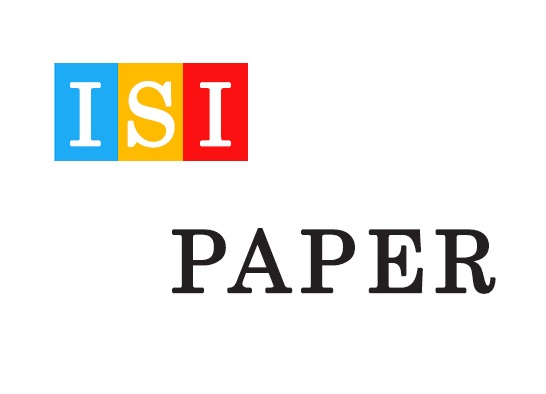دانلود رایگان مقاله ISI درباره اماکن دفن زباله جامد شهری و مراقبت پس از دفن زباله
دانلود رایکان مقاله انگلیسی ISI با موضوع رویکردهای مدیریت بلند مدت اماکن دفن زباله جامد شهری
عنوان فارسی مقاله:
مروری بر رویکردهای مدیریت بلند مدت اماکن دفن زباله جامد شهری
عنوان انگلیسی مقاله:
A review of approaches for the long-term management of municipal solid waste landfills
دانلود رایگان مقاله ISI با فرمت PDF:
مشاهده توضیحات کامل و خرید ترجمه فارسی با فرمت ورد تایپ شده:
بخشی از مقاله انگلیسی :
4. Regulatory procedures for aftercare completion
Financial provisions for the aftercare period of a MSW landfill are typically accrued based on an assumed minimum duration of aftercare. In many countries, regulators require financial provisions for a minimum aftercare period of 30 years (e.g. Subtitle D of RCRA in the US or the European Landfill Directive). However, different time-based approaches for aftercare funding have been implemented. In the Swiss Canton of Zürich, the landfill owner is released from aftercare after 5 to 15 years and the responsibility for long-term management of the site is transferred to the authorities (Bachofner, 2010). The landfill owner has to build up financial provisions sufficient to fund 50 years of aftercare. The funds are provided to the authorities to maintain aftercare as long as the landfill is likely to pose a threat to HHE and pooled with the aftercare provisions from other closed landfills in the canton (cf. AWEL, 2009). A similar model has been adapted in the Netherlands, where landfill owners have to accrue funding for perpetual aftercare (MVM, 1979). After landfill closure, the funds are at the disposal of the authorities who are responsible for the long-term management of the landfill (see Section 4.9 below). In contrast to funding accrual mechanisms for aftercare (which are typically based on a pre-defined time period), regulatory frameworks in general require that the landfill not pose a threat to HHE to complete aftercare. Hence, the aftercare period may well be different from the period for which financial provisions have been built up. Although there have been approaches proposed to evaluate aftercare, they are not necessarily integrated into regulatory frameworks. A number of different criteria and procedures as implemented at the national or sub-national regulatory level in Asia, Europe, and North America are described in this section and summarized in Table 6. Listings are provided in alphabetical order to avoid implying bias or suggestion of coordinated policies on any given continent.


